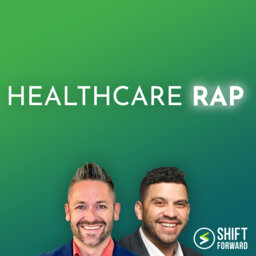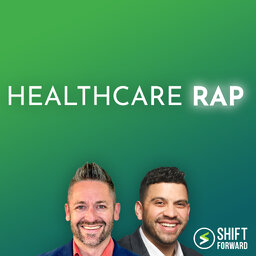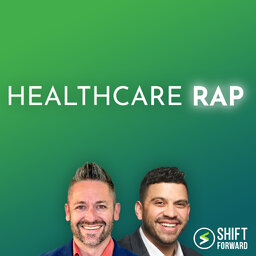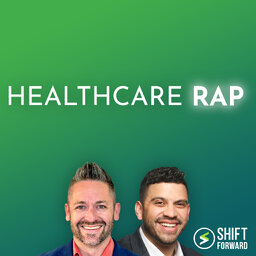2023 Predictions Series: Jane Sarasohn-Kahn & Amy Heymans
Healthcare Rap
Healthcare Rap is the leading podcast about consumer-centered care, a.k.a. how the frontiers of digital, retail, and traditional care can work togethe…The 2023 Predictions Series continues with health economist Jane Sarasohn-Kahn, and Amy Heymans, chief design officer for UnitedHealthcare. How are health systems, health plans, and disruptors addressing the calls to become more consumer-centric, and where should YOU be looking next?
All that, plus the Flava of the Week about new data from Epic Research on how telehealth visits don’t require in-person visits. How can we use this data to support the creation of consumer-first products and services?
This show is produced by Shift Forward Health, the channel for change makers. Subscribe to Shift Forward Health on your favorite podcast app, and you’ll be subscribed to our entire library of shows. See our full lineup at ShiftForwardHealth.com. One subscription, all the podcasts you need, all for free. (#245)
 Shift Forward Health
Shift Forward Health



